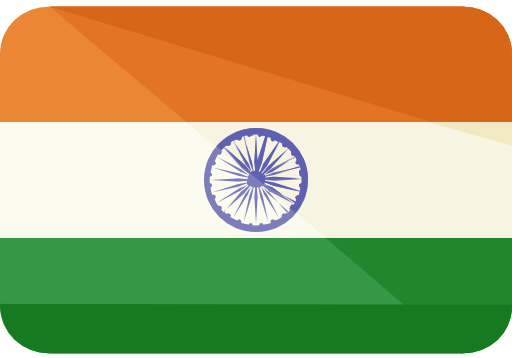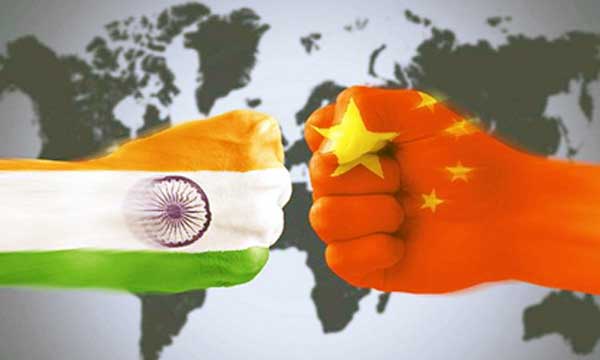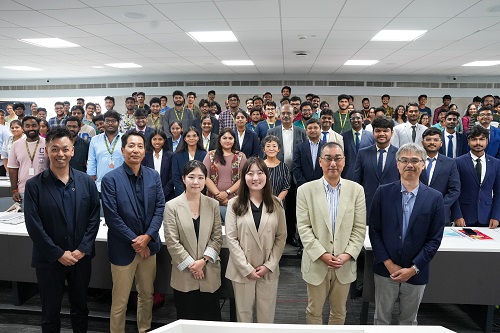On 27 April, the defence minister of India, Rajnat Singh, met his Chinese counterpart, Li Shangfu, on the margins of the Shanghai Cooperation Organisation (SCO) Defence Ministers Meeting in Delhi. The meeting was yet another attempt to find a way out of the three-year-long standoff between thousands of soldiers along the disputed border, which began in May 2020 when Indian and Chinese forces clashed in the Galwan Valley, killing 20 Indian soldiers and an undisclosed number of Chinese ones. Since then, officials from both countries have met for 18 rounds of talks to try to agree on a disengagement of troops from the area with no success. India has blamed China for unilaterally trying to move the border by sending troops beyond the Line of Actual Control (LAC) between the countries. While it is in both China’s and India’s interest to settle the dispute, Beijing seems unwilling to engage in actual negotiations about the LAC, instead expressing hope that the two sides could move on from the issue and strengthen their mutual trust.
India’s and China’s dispute along the border is illustrative of the growing rivalry between the two countries, which is shaping the security landscape and strategic environment of South Asia. China is gaining power and influence in the Indo-Pacific – where India has long been the dominant power – and using it as yet another arena for its strategic rivalry with the United States. Given Europe’s trade with the region and the complex interplay of relations between China, the US, India, Russia, and the European Union, this dynamic will have severe consequences not just for the region, but for Europe as well.
Also Read Sambit Patra ‘Slip of Tongue’ on Lord Jagannath by BJP causes Controversy, says PM Modi.
Beijing has tightened its grip over the entire Indian Ocean region in the past two decades. It has created a network of military and commercial facilities – the so-called string of pearls – and strengthened its economic relations with countries of the region. In 2022, Sri Lankan debt obligations to China rose to $7 billion, while the Maldives owes some 40 per cent of its GDP to China. These economic dependencies have eroded India’s influence in its immediate neighbourhood. New Delhi had built up strong diplomatic ties with other countries in the region through its “island diplomacy” and initiatives such as the Security and Growth for all in the Region maritime cooperation. China’s investment in the region has now pushed New Delhi into an economic competition which it may ultimately have difficulties sustaining.
New Delhi still exerts a dominant role in South Asia and, specifically, the Indian Ocean, but as China consolidates its position in the region, its attitude towards India has become more assertive. India remains resolute about preventing Chinese hegemony in Asia, repeatedly stressing that a multipolar world starts with a multipolar Asia, and seeking partnerships with a variety of countries, including the US and the EU. Beijing is concerned about India’s growing military ties with the US and tends to consider India’s intentions through the lens of its own rivalry with the US. India’s inability to push back China at the border also further diminishes New Delhi’s influence over the smaller regional states, namely Bangladesh, Nepal, Bhutan, and even the Maldives, by absorbing the financial, military, and administrative resources that could be spent on expanding India’s footprint in the region. It also poses questions about India’s relative power and its ability to protect smaller neighbouring countries from Chinese coercion. This leaves New Delhi even more isolated in the region that includes its arch-rival Pakistan.
Also Read PM Modi Pays Tribute To Former PM Rajiv Gandhi On His Death Anniversary.
Both India and China insist that they want to rebuild trust but they cannot agree on the process. Because it currently has the upper hand, China would like trust building to remain a strictly bilateral matter and does not want organisations such as the G20 and the SCO, the other three BRICS states – Brazil, Russia, and South Africa – or even the ASEAN-led institutions to play any role in the so far hypothetical normalisation process. In doing so, China challenges India’s multilateral aspirations and de facto reduces New Delhi’s capacity to manage collectively the consequences of China’s rise for itself and the region. The war in Ukraine makes this even easier as Russia, traditionally on India’s side in multilateral regional arrangements, seems distracted and neutralised by its new, albeit uneasy, proximity to China.
The escalating tensions and aggression since 2013 are therefore no coincidence. Beijing’s coercion on the border and naval build-up in the Indian Ocean force India into a costly arms race and warn it against what Beijing considers excessive proximity to the US. In the ongoing great power competition between China and the US, every issue becomes a zero-sum game. This makes it harder for India to solve its border conflict with China and at the same time manage China’s rise and growing assertiveness in the Indo-Pacific region in a peaceful manner.















Reader Interactions